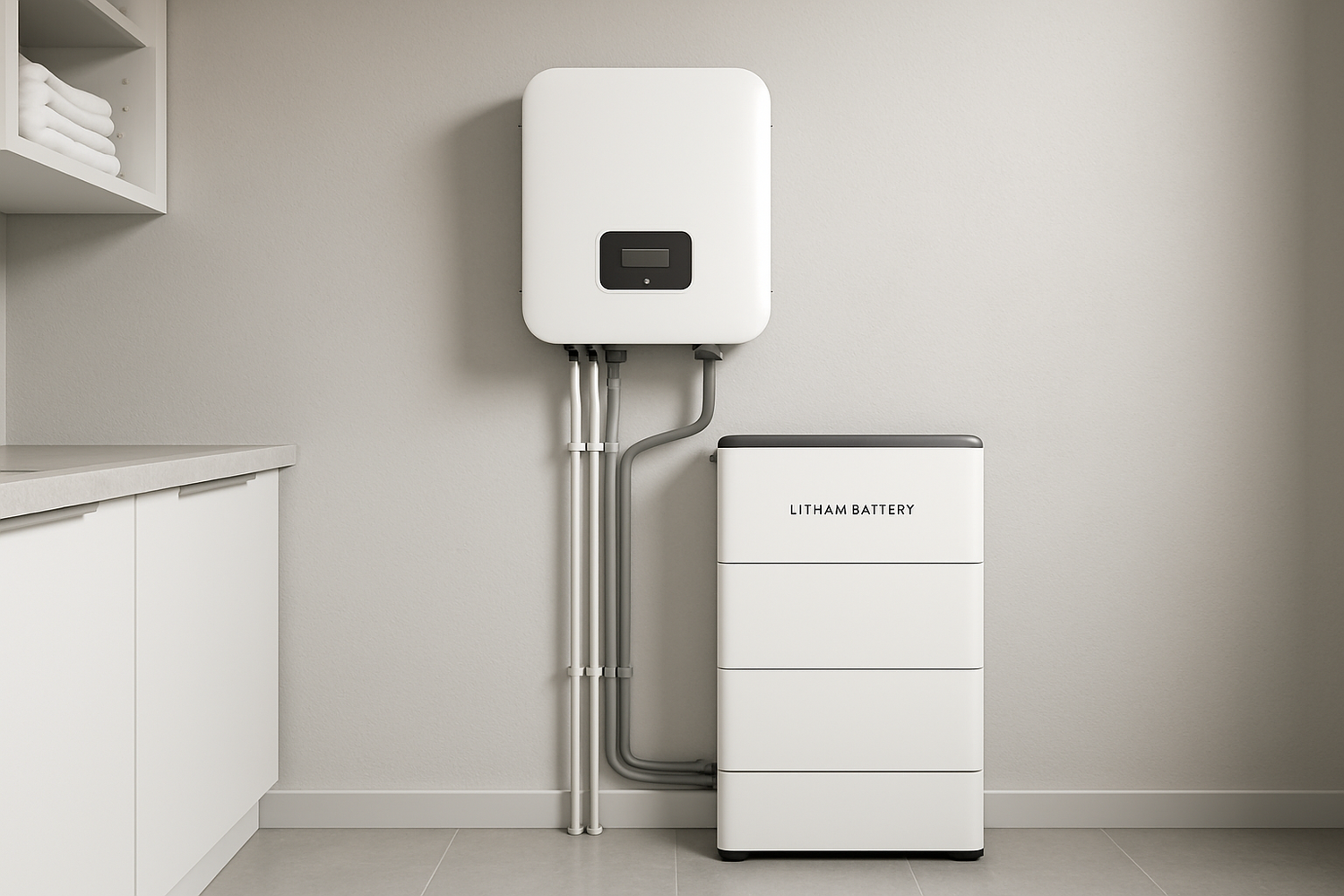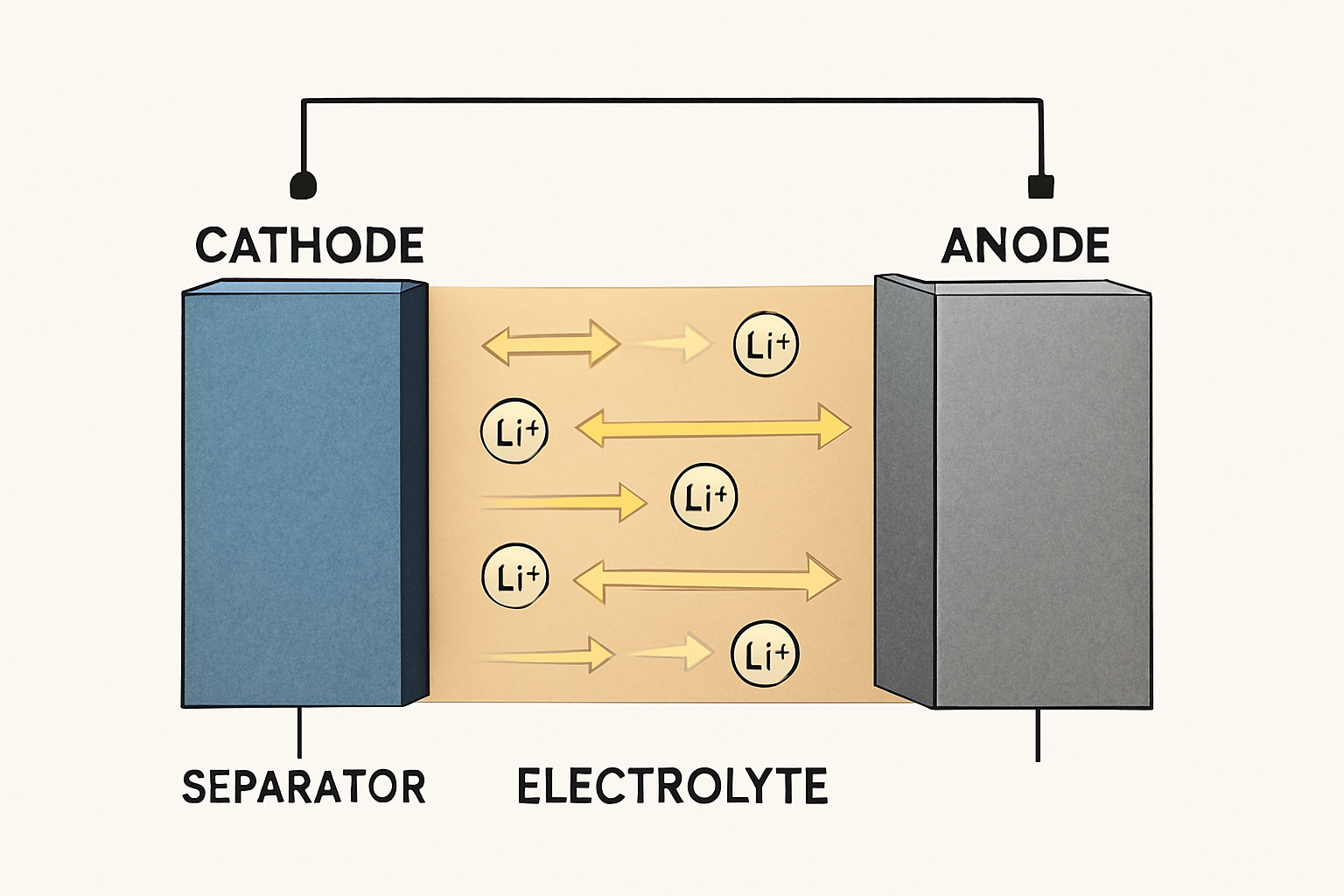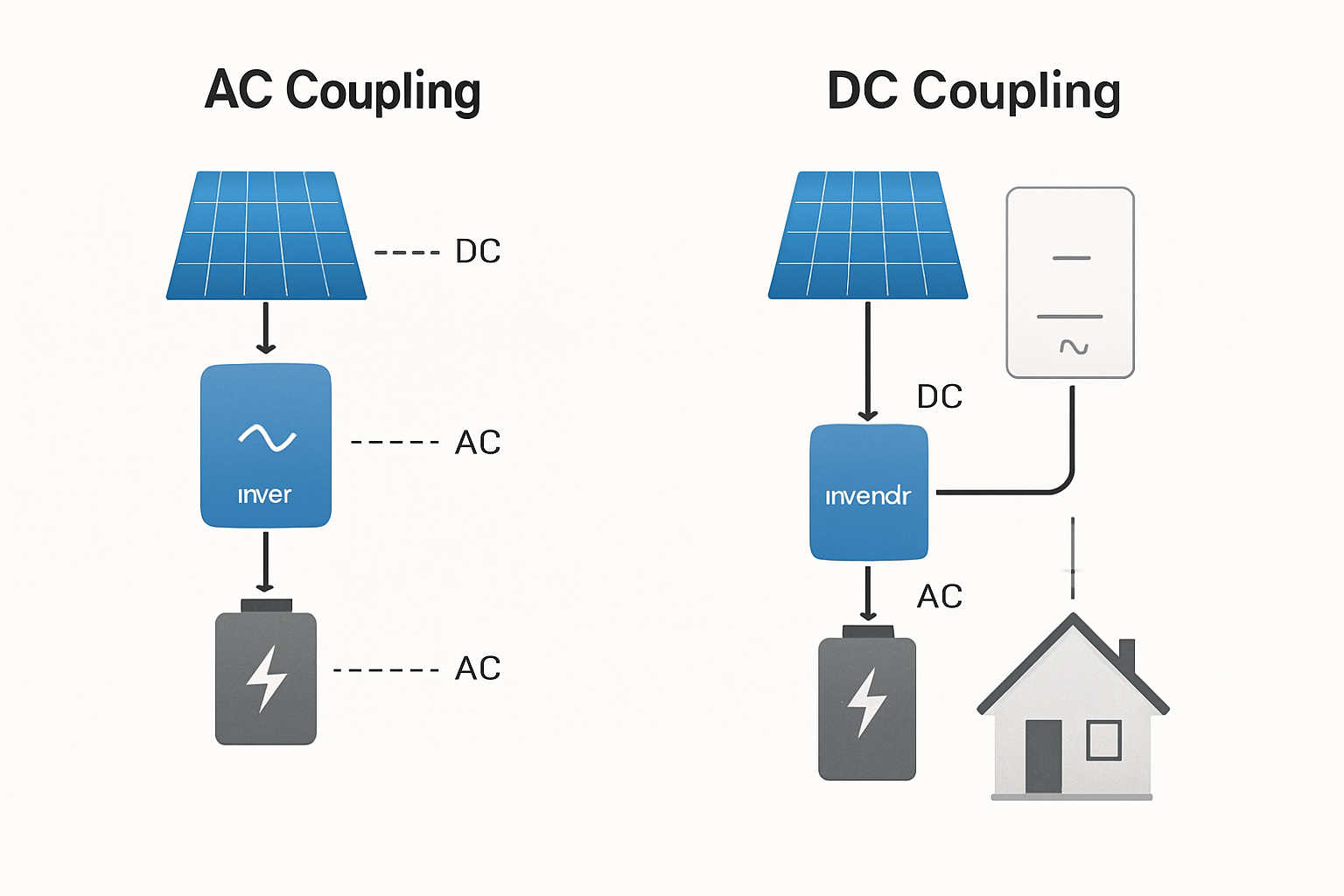Adding a lithium battery to your solar system is a significant step toward energy independence. It allows you to store the excess energy your panels generate during the day for use at night or during a power outage. This upgrade transforms your system from a simple energy producer into a comprehensive energy management solution. However, the integration process has potential pitfalls. Avoiding common errors ensures you get a safe, reliable, and cost-effective energy storage system that maximizes your solar investment.
1. Incorrectly Sizing the Battery System
One of the most frequent errors is selecting the wrong size battery. This can lead to either disappointment with performance or an unnecessary financial burden.
The Consequences of Improper Sizing
An undersized battery will not meet your energy needs. You might find it runs out of power during peak evening hours or cannot support critical appliances during an outage. Conversely, an oversized battery means you have paid for storage capacity you will never use. This extends the payback period of your investment and wastes valuable resources. The goal is to find the right balance for your specific requirements.
How to Determine the Right Battery Size
Proper sizing starts with a thorough analysis of your energy consumption. Review your past utility bills to understand your average daily electricity usage in kilowatt-hours (kWh). Next, identify the essential appliances you want to power during an outage and calculate their total power draw (in watts). This helps determine the peak load your battery and inverter must handle. Finally, decide on the desired autonomy—how many days you want to run on battery power alone. A correctly sized system provides reliable power without overspending.
2. Ignoring Inverter and System Compatibility
Your new battery must be able to communicate and work seamlessly with your existing solar setup, particularly the inverter. A failure to ensure compatibility can lead to inefficiency or the need for costly equipment replacement.
Understanding AC vs. DC Coupling
There are two primary methods for adding a battery to a solar system. AC coupling involves connecting the battery to your home's AC circuit via its own inverter. It is often easier to retrofit onto an existing solar installation. DC coupling connects the battery directly to the DC circuit from your solar panels. As noted in an EERE Success Story, DC-coupled systems are generally more efficient because they require only one inverter to manage both the solar panels and the battery, reducing energy conversion losses.
The Role of a Hybrid Inverter
A hybrid inverter, also known as a multi-mode inverter, is designed to manage power from solar panels, a battery bank, and the electrical grid simultaneously. If you are upgrading your system, replacing your old solar inverter with a hybrid model can streamline the integration of lithium battery storage. Always check the manufacturer's compatibility list to ensure your chosen battery and inverter can work together effectively.
3. Disregarding Key Battery Specifications
Not all lithium batteries are created equal. Focusing solely on capacity (kWh) while ignoring other critical performance metrics is a recipe for disappointment.
Choosing the Right Lithium Chemistry
Lithium Iron Phosphate (LiFePO4) has become a leading chemistry for residential energy storage. LiFePO4 batteries are known for their enhanced safety, long cycle life, and excellent thermal stability, making them less prone to overheating than other lithium-ion variants. Their robust nature ensures reliable performance over many years, providing better long-term value.
Essential Performance Metrics to Evaluate
Beyond chemistry, several specifications determine a battery's real-world performance.
- Depth of Discharge (DoD): This indicates how much of the battery's total capacity can be used safely. A higher DoD, often 90-100% for LiFePO4, means you can use more of the stored energy.
- Cycle Life: This is the number of charge and discharge cycles a battery can endure before its capacity degrades to a specific level. A longer cycle life translates to a longer-lasting battery.
- C-Rating: This measures how quickly the battery can be charged and discharged. A 1C rating means the battery can be fully discharged in one hour.
A comprehensive understanding of these metrics is vital. For an in-depth look, this ultimate reference on solar storage performance provides a detailed breakdown of what to look for.
4. Overlooking Installation and Location Requirements
Where and how your battery is installed directly impacts its safety, performance, and longevity. Cutting corners here can have serious consequences.
Creating a Suitable Environment
Lithium batteries perform best within a specific temperature range, typically between 15°C and 30°C (59°F to 86°F). Installing a battery in an area with extreme heat or cold, such as a non-insulated garage in a harsh climate, can reduce its efficiency and shorten its lifespan. Ensure the location is dry, well-ventilated, and protected from direct sunlight.
Adhering to Safety Codes and Clearances
Professional installation is highly recommended because it involves high-voltage electrical work. Installers must follow local building and electrical codes, as well as the manufacturer's specific guidelines for placement and clearances. Proper installation ensures adequate airflow for cooling and reduces fire risk, safeguarding your home and your investment.
5. Underestimating the Battery Management System (BMS)
The Battery Management System (BMS) is the brain of your battery pack. A high-quality BMS is non-negotiable for a safe and durable system.
The Critical Functions of a BMS
A BMS protects the battery cells from operating outside their safe limits. Its primary tasks include preventing overcharging, over-discharging, and overheating or overcooling. It constantly monitors the voltage and temperature of each cell to ensure balanced and safe operation.
Features of a High-Quality BMS
Advanced BMS units also perform cell balancing, which ensures all cells in the battery pack are charged and discharged equally. This maximizes the usable capacity and extends the overall life of the battery. Furthermore, a good BMS will have communication capabilities, allowing it to interface with the inverter for optimized system performance and diagnostics.
6. Failing to Plan for Future Scalability
Your energy needs today may not be the same in five or ten years. A system that cannot grow with you can become a limitation.
Anticipating Your Future Energy Needs
Consider potential changes in your lifestyle that could increase your electricity consumption. Are you planning to buy an electric vehicle (EV)? Will you be adding an electric heat pump or expanding your home? Thinking ahead allows you to design a system that can adapt to these changes without a complete overhaul.
The Advantage of Modular Systems
Many modern lithium battery systems are modular. This design allows you to start with a battery bank that meets your current needs and budget, and then easily add more battery modules in the future as your requirements grow. Choosing a scalable system from the outset provides flexibility and future-proofs your investment.
7. Focusing Only on Upfront Cost, Not Long-Term Value
While budget is always a factor, selecting the cheapest option available can often be more expensive in the long run. The initial price tag does not tell the whole story.
Looking Beyond the Initial Price
A lower-priced battery may come with a shorter warranty, lower cycle life, or a less reputable BMS. According to research from the International Renewable Energy Agency (IRENA), battery costs have fallen significantly, but quality and performance still vary. Investing in a higher-quality battery from a reputable manufacturer often results in better reliability, a longer service life, and a lower total cost of ownership.
Scrutinizing the Warranty
A strong warranty is a good indicator of a manufacturer's confidence in its product. Look closely at the terms. A good warranty will cover a specific number of years (often 10) and guarantee a certain number of cycles or total energy throughput (measured in megawatt-hours). A clear and comprehensive warranty provides peace of mind and protects your investment.
A Strategic Approach to Energy Storage
Integrating lithium battery storage with your solar system is a powerful move towards energy security and efficiency. By avoiding these seven common mistakes, you can ensure a smooth process and a successful outcome. Careful planning around sizing, compatibility, and quality components will result in a robust system that delivers clean, reliable power for years to come.
Disclaimer: This article is for informational purposes only and does not constitute financial or legal advice. Consult with a qualified professional for guidance specific to your situation.
Frequently Asked Questions
Can I add any lithium battery to my existing solar panel system?
No, not every battery is compatible with every solar system. The most important factor is the compatibility between the battery and your solar inverter. You will need to determine whether an AC-coupled or DC-coupled solution is better for your setup and select a battery that is certified to work with your specific inverter model.
How long will a lithium solar battery last?
The lifespan of a lithium solar battery depends on its chemistry, usage patterns, and operating environment. A high-quality LiFePO4 battery is typically rated for 4,000 to 6,000 cycles and can last 10 to 15 years or more under normal operating conditions. The manufacturer's warranty often provides a good estimate of its expected lifespan.
Is professional installation necessary for a battery storage system?
Yes, professional installation is strongly recommended. These systems involve high-voltage electricity and complex wiring that must comply with strict electrical and safety codes. A qualified installer will ensure the system is set up correctly, safely, and in a way that validates the manufacturer's warranty.
How much battery storage do I need for my home?
The amount of storage needed is unique to each household. It depends on your average daily energy consumption, the size of your solar panel system, and your goals for the battery. Consider whether you want to simply offset your evening energy use or if you require full backup power for essential appliances during an extended outage.





Leave a comment
All comments are moderated before being published.
This site is protected by hCaptcha and the hCaptcha Privacy Policy and Terms of Service apply.